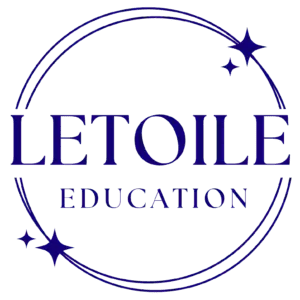Why ADA Title II Requires Accessible LMS Content: A Roadmap to Accessibility


If your organization is a state or local government entity, here's the plain truth: your Learning Management System (LMS) content must be accessible to individuals with disabilities. The new Americans with Disabilities Act (ADA) Title II rule makes it crystal clear that digital services aren’t optional when it comes to compliance. They’re part of your legal obligation.
Under ADA Title II, any digital service offered by a public entity must be accessible. This includes websites, mobile apps, and—yes—Learning Management Systems. If you're using an LMS to deliver:
…you’re legally responsible for making all that content accessible.
The rule requires that all LMS content conform to WCAG 2.1 Level AA. That includes:
This is the baseline. It's not a nice-to-have; it's the law.
Let’s talk about the common cop-out: “But we made that document before the rule went into effect!”
Doesn’t matter.
If the content is currently used to participate in your services—like a training module, required reading, or part of a certification—it must be accessible. The only exception is for outdated materials that are no longer in active use, and even then, there’s a strong case for retrofitting.
To comply with ADA Title II:
This isn’t about checking a box. It’s about ensuring equal access to public services for all—regardless of ability.
Want to see it straight from the source? The Department of Justice’s Final Rule on Title II explains exactly how and why digital content must meet accessibility standards.
Bottom line? If your LMS isn’t accessible, it’s not compliant—and more importantly, you’re excluding learners who have every right to equal access. Now is the time to invest in getting it right.
Need help evaluating your LMS or training your team on accessible design? Reach out—let’s make learning accessible for everyone.
Ready to take the next step?
Contact us to request a personalized consultation today!
All form fields are required and must be completed with valid entries before the form can be submitted.